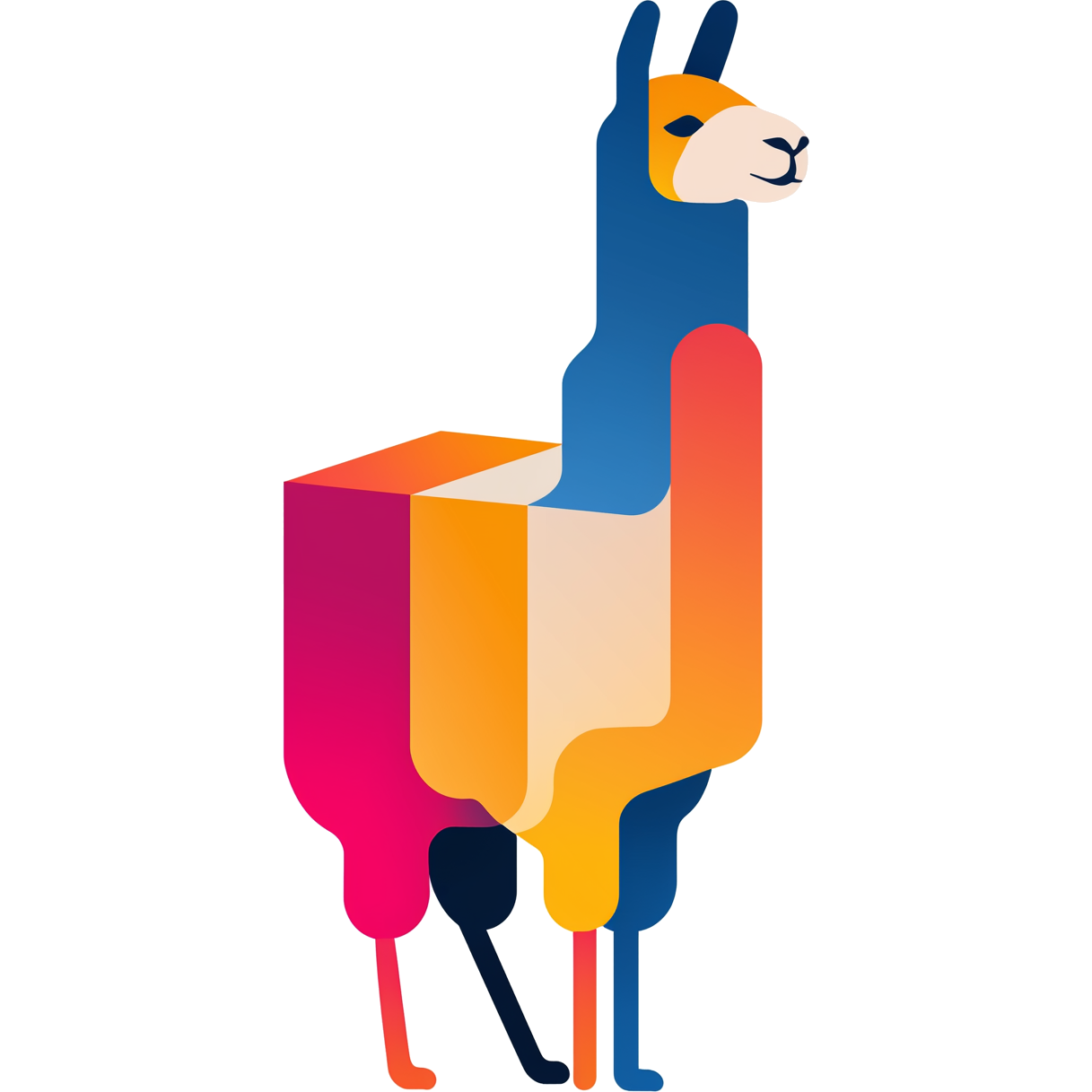Configuration File
DESCRIPTION
RamaLama reads all ramalama.conf files, if they exists and modify the defaults for running RamaLama on the host. ramalama.conf uses a TOML format that can be easily modified and versioned. RamaLama reads the he following paths for global configuration that effects all users.| Paths | Exception |
|---|---|
| /usr/share/ramalama/ramalama.conf | On Linux |
| /usr/local/share/ramalama/ramalama.conf | On Linux |
| /etc/ramalama/ramalama.conf | On Linux |
| /etc/ramalama/ramalama.conf.d/*.conf | On Linux |
| $HOME/.local/.pipx/venvs/usr/share/ramalama/ramalama.conf | On pipx installed macOS |
| Paths | Exception |
|---|---|
| $XDG_CONFIG_HOME/ramalama/ramalama.conf | |
| $XDG_CONFIG_HOME/ramalama/ramalama.conf.d/*.conf | |
| $HOME/.config/ramalama/ramalama.conf | $XDG_CONFIG_HOME not set |
| $HOME/.config/ramalama/ramalama.conf.d/*.conf | $XDG_CONFIG_HOME not set |
.d directories, are added in alpha numeric sorted order and must end in .conf.
ENVIRONMENT VARIABLES
If theRAMALAMA_CONFIG environment variable is set, all system and user
config files are ignored and only the specified config file is loaded.
FORMAT
The [TOML format][toml] is used as the encoding of the configuration file. Every option is nested under its table. No bare options are used. The format of TOML can be simplified to: [table1] option = value [table2] option = value [table3] option = value [table3.subtable1] option = valueRAMALAMA TABLE
The ramalama table contains settings to configure and manage the OCI runtime.[[ramalama]]
api=“none”
Unified API layer for Inference, RAG, Agents, Tools, Safety, Evals, and Telemetry.
Options: llama-stack, none
api_key=""
OpenAI-compatible API key. Can also be set via the RAMALAMA_API_KEY environment variable.
carimage=“registry.access.redhat.com/ubi10-micro:latest”
OCI model car image
Image to be used when building and pushing —type=car models
cache_reuse=256
Min chunk size to attempt reusing from the cache via KV shifting
container=true
Run RamaLama in the default container.
RAMALAMA_IN_CONTAINER environment variable overrides this field.
ctx_size=0
Size of the prompt context (0 = loaded from model)
**env=[]
Environment variables to be added to the environment used when running in a container engine (e.g., Podman, Docker). For example “LLAMA_ARG_THREADS=10”.
engine=“podman”
Run RamaLama using the specified container engine.
Valid options are: Podman and Docker
This field can be overridden by the RAMALAMA_CONTAINER_ENGINE environment variable.
host=“0.0.0.0”
IP address for llama.cpp to listen on.
image=“quay.io/ramalama/ramalama:latest”
OCI container image to run with the specified AI model
RAMALAMA_IMAGE environment variable overrides this field.
[[ramalama.images]]
HIP_VISIBLE_DEVICES = “quay.io/ramalama/rocm”
CUDA_VISIBLE_DEVICES = “quay.io/ramalama/cuda”
ASAHI_VISIBLE_DEVICES = “quay.io/ramalama/asahi”
INTEL_VISIBLE_DEVICES = “quay.io/ramalama/intel-gpu”
ASCEND_VISIBLE_DEVICES = “quay.io/ramalama/cann”
MUSA_VISIBLE_DEVICES = “quay.io/ramalama/musa”
VLLM = “registry.redhat.io/rhelai1/ramalama-vllm”
Alternative images to use when RamaLama recognizes specific hardware or user
specified vllm model runtime.
keep_groups=false
Pass --group-add keep-groups to podman, when using podman.
In some cases this is needed to access the gpu from a rootless container
max_tokens=0
Maximum number of tokens to generate. Set to 0 for unlimited output (default: 0).
This parameter is mapped to the appropriate runtime-specific parameter when executing models.
ngl=-1
number of gpu layers, 0 means CPU inferencing, 999 means use max layers (default: -1)
The default -1, means use whatever is automatically deemed appropriate (0 or 999)
prefix=""
Specify default prefix for chat and run command. By default the prefix
is based on the container engine used.
| Container Engine | Prefix |
|---|---|
| Podman | ”🦭 > “ |
| Docker | ”🐋 > “ |
| No Engine | ”🦙 > “ |
| No EMOJI support | ”> ” |
- always: Always pull the image and throw an error if the pull fails.
- missing: Only pull the image when it does not exist in the local containers storage. Throw an error if no image is found and the pull fails.
- never: Never pull the image but use the one from the local containers storage. Throw an error when no image is found.
- newer: Pull if the image on the registry is newer than the one in the local containers storage. An image is considered to be newer when the digests are different. Comparing the time stamps is prone to errors. Pull errors are suppressed if a local image was found.
ramalama rag command
Options: json, markdown, qdrant
runtime=“llama.cpp”
Specify the AI runtime to use; valid options are ‘llama.cpp’, ‘vllm’, and ‘mlx’ (default: llama.cpp)
Options: llama.cpp, vllm, mlx
selinux=false
SELinux container separation enforcement
store=“$HOME/.local/share/ramalama”
Store AI Models in the specified directory
temp=“0.8”
Temperature of the response from the AI Model
llama.cpp explains this as:
The lower the number is, the more deterministic the response.
The higher the number is the more creative the response is, but more likely to hallucinate when set too high.
Usage: Lower numbers are good for virtual assistants where we need deterministic responses. Higher numbers are good for roleplay or creative tasks like editing stories
thinking=true
Enable thinking mode on reasoning models
threads=-1
maximum number of cpu threads to use for inferencing
The default -1, uses the default of the underlying implementation
transport=“ollama”
Specify the default transport to be used for pulling and pushing of AI Models.
Options: oci, ollama, huggingface.
RAMALAMA_TRANSPORT environment variable overrides this field.